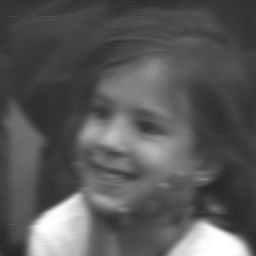 -
-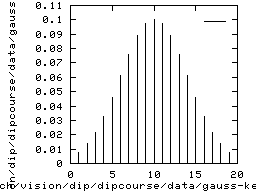
Left: blurred image, Right: kernel used to blur original image
In image restoration the goal is to recover an image that has been corrupted or degraded. The more information we have of the degradation process, the better off we are. This is known as a priori knowledge. There are several techniques in image restoration, some use frequency domain concepts, others attempt to model the degradation and apply the inverse process. The modeling approach requires determining a criterion of "goodness" that will yield an "optimal" solution.
Shown below is the blurred image that is the result of convolving a gaussian filter in the width direction with the original image. This effect is similar to the one observed when a photograph is taken with a camera in motion.
 -
-
Left: blurred image,
Right: kernel used to blur original image
Let f be the original image, h the blurring kernel, and g the blurred image. The idea in inverse filtering is to recover the original image from the blurred image.
From the convolution theorem, the DFT of the blurred image is the product of the DFT of the original image and the DFT of the blurring kernel. Thus, dividing the DFT of the blurred image by the DFT of the kernel, we can recover the original image. Then the inverse frequency filter, R(u), to be applied is 1/H(u). We are assuming no noise is present in the system. Observe the difficulties we encounter when H(u) is very small or equal to zero.

The formulas correspond to the 1D case and can be easily extended to the 2D domain.
P(u,v) = H(u,v) Q(u,v),
where
P(u,v) is the degraded image,
H(u,v) is the degradation transfer function, and
Q(u,v) is the original image.
The inverse filtering process is then
Q(u,v) = P(u,v) / H(u,v).
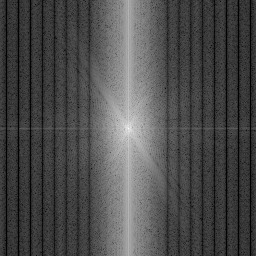 -
-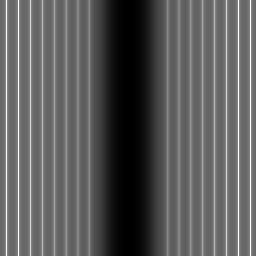
Left: spectrum of the blurred image, Right: spectrum of R(u) = 1/H(u)
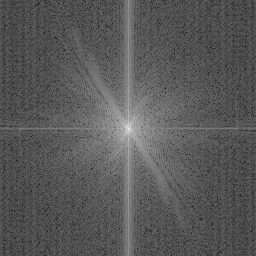 -
-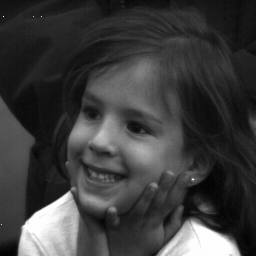
Left: restored DFT, Right: inverse DFT of restored DFT
It is important to understand that this example has been artificialy created to show the basic concept of restoration. In the next lesson, a more practical situation is solved.